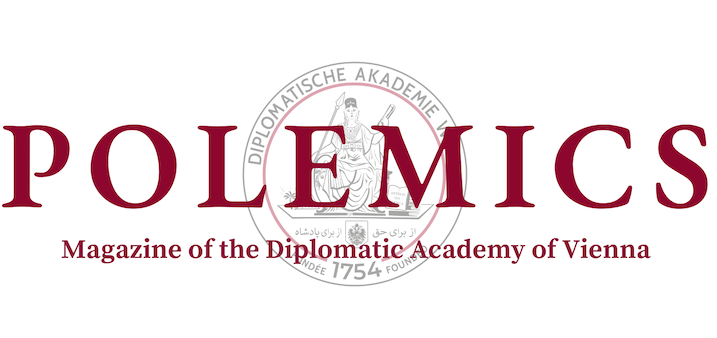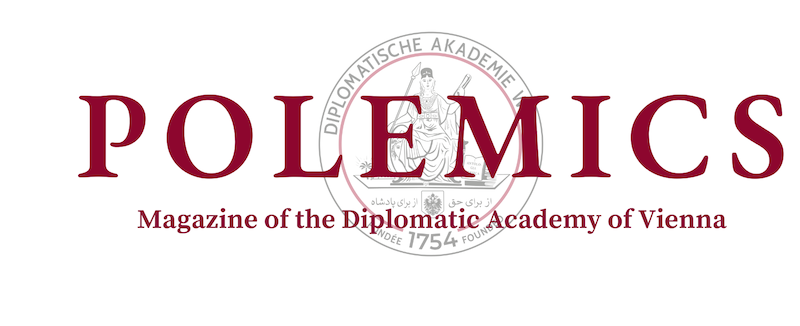One of the most evident cooperation areas in the energy sector is the electrical grid integration. Countries in different regions of the world are actively cooperating with a common goal – to increase the utilisation of renewable energy sources and to build an interconnected grid, fulfilling the necessity of a stable electricity exchange between countries. Such developments address challenges that hamper the efficient utilisation of renewable energy sources in the electrical grid integration. However, recent advancements in technologies demonstrate their abilities to help tackle these obstacles.
Cases of cooperation in the electrical grid integration appear all around the world. In Europe, cooperation occurs bilaterally (e.g. Norway and the UK, France and Ireland) and continentally, where the “Synchronous Area of Continental Europe” takes precedence. In Asia, China is actively building cooperation with Central Asian countries. Additionally, cross-border transmission projects are implemented in India, Bhutan, Nepal and Bangladesh. Electrical grid integration is observable in Africa too: Southern African Power Pool is strengthening cooperation on electrical grid integration between 12 Member States of the Southern African Development Community. The ambitions go even across continents. The Green Grids Initiative – ‘One Sun, One World, One Grid’ was launched by India and the UK in 2021 and The Global Energy Interconnection Development and Cooperation Organization was launched by China in 2016.
Despite such efforts, several obstacles challenge the more effective utilisation of renewable energy sources. One of the most serious challenges is the intermittent generation of renewables, – the generation and supply of renewable energy varies daily and seasonally, therefore, electricity cannot be constantly produced and transmitted. Some of the effects of intermittency are frequency and voltage fluctuations in the grid. Such an obstacle “results in energy waste, grid instability, and reliance on backup power sources.” A good example of volatility is apparent in a solar farm in California. Once a cloud covers the sky over the panels, its energy production is more than halved – from 377MW to 155MW. This is equivalent to the electric energy consumption of up to 58.000 households! Intermittency also brings out a difficulty in the electrical grid integration, as “with unexpected cross-border power flows, the tight coupling of power systems across borders can increase the risk of blackout spill-over.” The challenge of intermittency was evident in the case of the electrical grid integration project between Norway and the UK, where the 2022 drought in Norway resulted in the bidirectional electricity trade, instead of the export flowing from Norway towards the UK. Another challenge is the storage of electricity, where the maintenance of sufficient reserve capacity is necessary to meet the needs during moments of peak demand.
The International Energy Agency (IEA) suggests recommendations for both short- and long-term challenges that occur in electrical grid integration and renewable energy sources’ utilisation. Short-term challenges identified by the IEA are reliability, balancing costs, power quality issues and the lack of visibility. Regarding the barrier of balancing costs, it’s important to mention that the financial gains often outweigh the environmental benefits. It is difficult to reach an agreement between cooperating countries on the matter of cost-sharing for interconnection, as due to the asymmetrical distribution of different factors like political, geographic, and technological advantages between countries, the “economic benefits are rarely distributed evenly across parties.” As for the long-term challenges identified by the IEA, data management and intermittency are significant. For instance, data management is crucial for efficient electrical grid integration because securely analysing and sharing the data gathered from the grid helps immensely in forecasting and balancing the grids.
Technologies that can tackle these issues are constantly being developed. There are a couple of significant developments that can help with a more efficient and rapid adoption of renewables in the electrical grids.
In order to deal with the frequency and voltage fluctuation aspects of the intermittency issue, Vehicle-to-Grid (V2G) and Grid-to-Vehicle (G2V) technologies are being used. “V2G technology empowers the stabilization of the grid during the peak hours, while G2V solutions leverage the vehicle as a storage unit.” A great real-life example of V2G utilisation is the partnership between ‘Nuvve’ (V2G technology development company) and ‘Frederiksberg Forsyning’ (Danish utility company). The case demonstrates how the V2G system allows electrical vehicle batteries to participate in grid balancing. Via the utilisation of V2G technologies, the system helps stabilise energy demand and supply through dynamic adjustments. Additionally, Gallium Nitride and Silicon Carbide semiconductors are leveraged to tackle the transmission losses, such as regulating the voltages across the grid, facilitating the charging of energy storage systems and transmitting electricity over long distances with minimal losses. However, newer developments like microgrid controllers are able to provide more efficient coordination between all elements of the microgrid. The controller “functions as a brain for the microgrid and integrates various conventional and renewable resources, including energy inverters, generators, and power meters.” Another modern development that can improve the transmission of large-scale renewables is the High- Temperature Superconductor, which “operates at up to ten times the current of conventional wire while maintaining superconductivity.”
In order to better deal with the intermittency issue, and specifically the problem of an unstable supply of renewable energy sources, alternatives such as solar, wind and hydropower need to be integrated into the grid. Even though the energy supply is not predictable, integration of different sources into the grid can help to better balance the production and transmission of energy. During the period of low generation of one renewable energy source, excess from another can be utilised. Here, another challenge concerning the efficient storage of energy becomes evident.
Today, several technologies are used to deal with challenges like the storage of excess energy. Distributed Energy Storage Systems are one example, which tackle the irregularities in production by localising the renewable energy generation and storage. Additionally, there are battery and battery-less solutions, which can leverage consistent and low energy. Some of the recent developments take into account the safety and environmental pollution during their production. For instance, these are battery-less storage alternatives, like pumped hydro- and compressed air-technologies. An additional way of storing surplus energy is the utilisation of Power-to-X (P2X) technology, which converts the surplus of energy into other forms of energy (heat, methane, hydrogen) for storage.
IN ORDER TO BETTER DEAL WITH THE INTERMITTENCY ISSUE, AND SPECIFICALLY THE PROBLEM OF UNSTABLE SUPPLY OF RENEWABLE ENERGY SOURCES, ALTERNATIVES SUCH AS SOLAR, WIND, AND HYDROPOWER NEED TO BE INTEGRATED INTO THE GRID.
In order to deal with issues of reliability and data management, intelligent grid management systems can be better utilized, since they can “leverage digital technologies, artificial intelligence, and machine learning algorithms” for the purpose of managing grid imbalances and dynamically adjusting energy flows. Additionally, several developments are evident in the blockchain technology industry. Blockchain technologies encrypt the data associated with grid operations, which decreases the grid’s vulnerability to cyber threats. Also, the operation of modern power systems has been revolutionised by the integration of artificial intelligence into power system protection. For instance, machine learning models are used for fault detection, resulting in higher accuracy and faster identification of faults. Such advancements help create more trusted transactions in the renewable energy sector.
Ultimately, it becomes apparent that new technological developments that are reshaping the energy sector can play a significant role in tackling the existing problems related to renewable energy utilisation and electrical grid integration. What’s important to recognise is that in a world where green transition is vital due to climate change, the restructuring of the energy sector plays a crucial role – even and especially in geopolitics. This is why it is so significant to utilise new technologies with the aim of transitioning into a cleaner and greener world faster and more efficiently.








